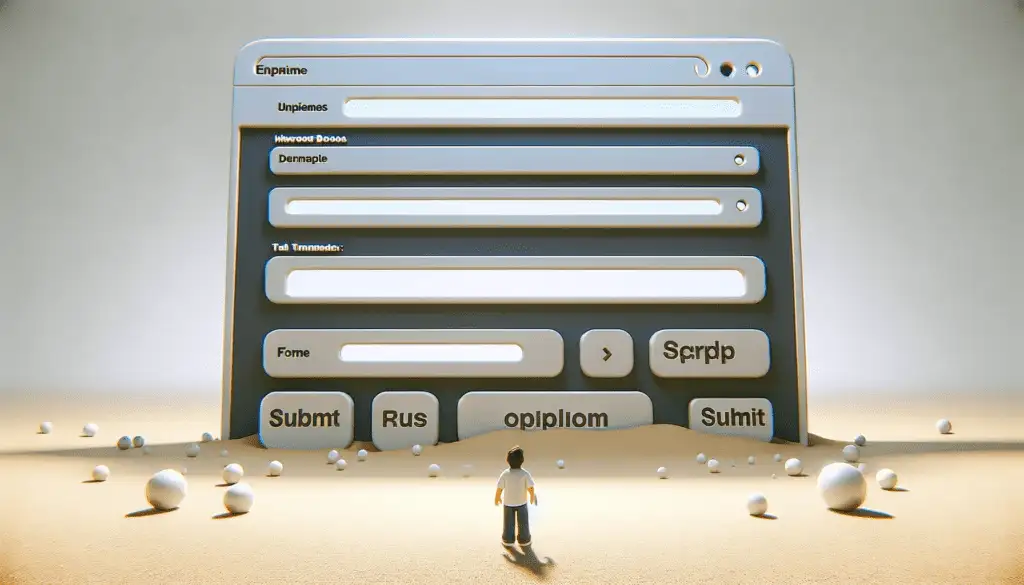Software development is both an art and a science, requiring creative problem-solving and precise technical execution. Every developer has a toolkit, a collection of skills, languages, and frameworks that they use to build software.
However, one of the most critical, yet often overlooked tools is the development methodology itself.
It’s the foundation of a successful software project and choosing the right one shapes the entire project lifecycle.
Quantum mechanics teaches us about the dual nature of particles, behaving both as particles and as waves depending on the observer’s perspective. Similarly, development methodologies can be seen through a quantum lens, where Agile, Waterfall, and other frameworks possess dual qualities, adaptable based on project scope, team dynamics, and stakeholder expectations.
This guide examines how to assess your toolkit, project requirements, and team dynamics to choose a methodology that complements your strengths and compensates for any weaknesses.
Understanding Your Project Needs
Identifying the right development methodology hinges on a deep understanding of your project’s landscape. The essence of your project, encompassing its scale, the fluidity of its requirements, the resources at your disposal, and the time you have, shapes the journey from concept to completion.
For example, Agile methodologies shine in environments craving flexibility and swift adaptation, whereas Waterfall is the go-to for projects with clear stages and static requirements.
Agile Methodology
Agile stands out for its commitment to flexibility, prioritizing customer satisfaction and iterative delivery. It fosters collaboration and embraces change, making it ideal for projects where evolving requirements are the norm.
Agile dismantles the project into manageable chunks, allowing for early and frequent delivery of software components. This iterative process encourages ongoing feedback and refinement.
Agile’s Core Tenets
Customer Centricity
Keeps customer needs and engagement at the forefront throughout the development cycle.
Iterative Development
Divides the work into smaller sections completed in rapid cycles, enhancing adaptability and feedback.
Ongoing Enhancement
Emphasizes continual assessment and improvement of both product and methodology.
Team Synergy
Promotes a culture of collaboration and self-management within teams.
Scrum Methodology: A Framework for Iterative Progress
Iterative and incremental development are given priority in Scrum, an agile project management methodology. Teams, roles, and sprints—three of Scrum’s main constituents—all cooperate to guarantee its success.
Sprints are time-boxed iterations that average two to four weeks and involve developing and delivering prioritized features or activities.
In cross-functional teams, developers collaborate closely with a Scrum Master and a Product Owner to achieve project goals.
Roles in the Scrum framework are clearly defined. While the Product Owner represents the client’s interests and establishes project requirements, the Scrum Master ensures that Scrum principles are followed and encourages teamwork.
After each sprint, the self-organizing, cross-functional development team collaborates to produce a potentially shippable product increment.
Scrum’s Guiding Principles
- Team Collaboration: Encourages a unified approach, with all members working together towards common goals.
- Adaptability: Welcomes changes, ensuring the project aligns with evolving needs and market dynamics.
- Continuous Feedback: Embeds a feedback loop through regular reviews and retrospectives, fine-tuning strategies and processes.
Kanban Methodology: Visualizing Workflow
Kanban harnesses visual management to streamline workflow, limit ongoing work, and facilitate continuous improvement, thus preventing team overload.
Kanban boards offer a visual snapshot of progress, helping identify bottlenecks and optimize workflow efficiency.
Kanban’s Core Advantages
- Workflow Efficiency: Targets and reduces time spent on non-critical tasks, boosting project efficiency.
- Dynamic Adaptability: Offers flexibility to adapt to new challenges or changes swiftly.
- Orderly Productivity: Enhances workload management through visual task organization and priority clarification.
Agile Waters: Navigating Scrum and Kanban
While both rooted in Agile philosophy, Scrum and Kanban differ in their approach to iteration, roles, work visualization, and flexibility.
| Feature | Scrum | Kanban |
|---|---|---|
| Core Philosophy | Iterative cycles with defined roles and artifacts | Work visualization and flow enhancement without fixed iterations |
| Iteration | Fixed-length sprints | Continuous flow with no set iterations |
| Roles | Specific roles defined | Flexible roles based on project needs |
| Work Visualization | Scrum boards for sprints | Kanban boards for ongoing workflow |
| Work in Progress (WIP) Limits | Indirectly limited by the sprint capacity | Directly limits WIP to improve flow and ensure that team capacity is not exceeded |
| Flexibility | Structured sprints with minimal mid-sprint changes | High flexibility for rapid adjustments |
| Feedback Loops | Sprint reviews, retrospectives, and daily stand-ups | Continuous feedback through board updates, with meetings as needed |
| Planning | Sprint planning for each iteration | Continuous planning with items pulled from the backlog |
Waterfall Methodology: The Sequential Approach
The waterfall methodology, a common approach to project management, is used to approach software development linearly and sequentially.
The waterfall technique divides the project into discrete phases, each of which builds on the deliverables of the preceding one.
There is little opportunity for iteration or going back and reviewing earlier stages due to the linear nature of waterfall development.
The waterfall technique commonly includes requirements collection, system design, implementation, testing, deployment, and maintenance. The accomplishment of the deliverables associated with each phase serves as a barometer of progress.
The distinct and well-defined scope of the Waterfall technique is one of its main advantages. The requirements are gathered and documented in advance so the project’s scope is well understood.
As each phase has set duties and deadlines, this clarity helps to create a predictable timeframe.
Waterfall’s structured approach makes it appropriate for projects whose needs are known and stable, where modifications are anticipated to be minor, and where a deliberate, sequential approach is preferred.
Waterfall’s Pillars
- Clear Direction: Sequential phases ensure a well-organized project trajectory.
- Management Simplicity: Facilitates planning, tracking, and resource allocation.
- Detailed Documentation: Every phase is thoroughly documented, providing a comprehensive project overview.
- Predictable Outcomes: Early phase requirements gathering minimizes scope creep, enhancing stability.
Methodology Selection: A Strategic Decision
Choosing the proper technique is a crucial first step in making any project successful. Consider the project’s objectives, scope, and nature to make an informed choice.
Start by assessing how well the various approaches—Waterfall, Agile, Scrum, or a hybrid approach—comply with the project’s requirements.
Adjust the methodology to the project’s particular requirements. Every project is unique, with its difficulties, deadlines, and resource limitations. A more flexible and adaptive approach is made possible by altering the process, which raises the probability of success.
Consider the client’s needs, the team chemistry, and the project’s complexity when determining which strategy is appropriate.
Involve essential parties in the decision-making process to get various opinions and suggestions. A cooperative strategy guarantees agreement from all sides and promotes a standard comprehension of the selected approach.
Throughout the project lifespan, examine and reevaluate the technique regularly. Being adaptable is essential, and modifications must be welcomed.
Project teams may increase productivity, reduce risks, and provide positive results through careful selection and customization of the technique.
Conclusion
Development methodologies offer a spectrum of strategies tailored to different project needs. This guide serves as an essential resource for project managers, developers, and stakeholders looking to navigate the complexities of software development with the most effective strategies.
Whether leaning towards Agile’s adaptability, Kanban’s visual clarity, or Waterfall’s structured approach, understanding each methodology’s strengths and limitations empowers you to tailor your strategy for optimal project success.
FAQs
What are development methodologies?
Development methodologies are organized ways to direct a project’s progress, guaranteeing effectiveness, output, and superior results.
How do I choose the right methodology?
Consider your project’s complexity, scale, and objectives. Assess methodologies like Agile, Waterfall, or hybrids for the best fit.
Is switching methodologies mid-project feasible?
While challenging, it’s possible with careful planning and stakeholder consensus, ensuring minimal disruption.



